There are many abstract painting techniques that can create amazing cells effects or patterns, but do you know painting with soap bubbles?
Very easy and so fun, this technique seduces kids and also artists. You will see !
.
Material:
- 1 bottle of liquid soap
- Water and cleaning roll paper
- Acrylic inks (with a pipette incorporated into the cap)
- container with low edges or a plastic cup (cut the edges to mid-height)
- 1 straw + 1 spatula (or 1 palette knife)
- Sheets of white bristol board paper
OPTIONAL:
- 1 pipette (to dose water)
- 1 big basin or 1 table cover (Be careful it splashs and it stains)
- Latex gloves
- scissors and frames (with glass)
NOTE: Most of these products are currently available at GreatArt Online and can be ordered to collect from their art supply shop in London Shoreditch or delivered to your home.
.
The Recipe:
NOTE : If you use this technique with kids, make sure that they really know how to use the straw (blow and don’t suck).
- After setting up the worktop (with a basin or table cover), take the container with low edges (or as in this demonstration, 1 plastic cup with the edges cut). This type of container facilitates the overflow of bubbles.
- In the cup, pour ink and liquid soap. The colour of the mixture should be dark enough.
DOSAGE WITH 1 CUP: around 1 cm of liquid soap + 6 or 7 ink pipettes. As the ink is already liquid, I add only 3 or 4 full pipettes of water to get a nice bubble foam. If you work with tube paint, you will need to add more water.
- Using a straw blow into the cup to create a bubble bath. Come on, make bubbles!
NOTE: If the bubbles are too transparent, the effects will be very clear and much less impressive. Make sure to get a well-coloured foam by adding more colour if necessary after the first tests on paper.
- As soon as the bubbles have sufficiently overflowed the cup, take a sheet of bristol board paper and apply it gently on the bubbles.
NOTE: Be careful, if you apply the Bristol board too quickly, the bubbles burst before inking the paper. Use gentle gestures.
- Flip the sheet of paper. And there you have it, a beautiful cells print. Some bubbles may remain on the paper but they will disappear upon drying.
NOTE: In this technique, I prefer using Bristol board paper (smooth surface) which allows for a more precise print. Watercolour papers make the lines too blurred.
- To create a multitude of small cells, you can use also take the foam and spread it gently with a spatula. Wait for it to dry completely and the foam to disappear to see the result.
GOOD TO KNOW: I noticed that the foam could sometimes leave a greasy surface (because of the soap) that would remain even after drying. To fix everything, I sprayed aerosol glue onto some very concentrated parts of ink and soap the next day.
.
My artworks in the studio:
After a few cuts, everything is nicely framed!
DISCLAIMER : Cet article est une collaboration sponsorisée. Je fais partie des artistes référents qui utilisent le matériel proposé par Le Géant Des Beaux-Arts – France et GreatArt – United Kingdom. Vous venez de lire mon article issu de cette collaboration. Au risque de me répéter, sachez que j’apprécie les marques distribuées par ce partenaire depuis des années, et que je suis convaincue de la qualité du matériel destiné aux artistes et aux personnes créatives. Même si cela paraît logique, je précise que je suis LIBRE sur la thématique et le choix des produits mis en avant, LIBRE sur le contenu, LIBRE de donner mon VÉRITABLE avis, et c’est également pour cette raison que ce partenariat est important car je peux donner libre cours à mon imagination et ainsi proposer régulièrement du contenu frais et de qualité.
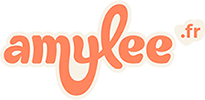


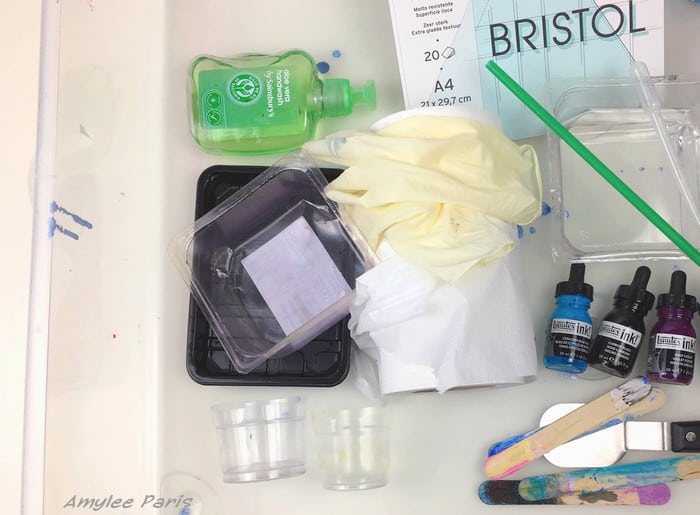


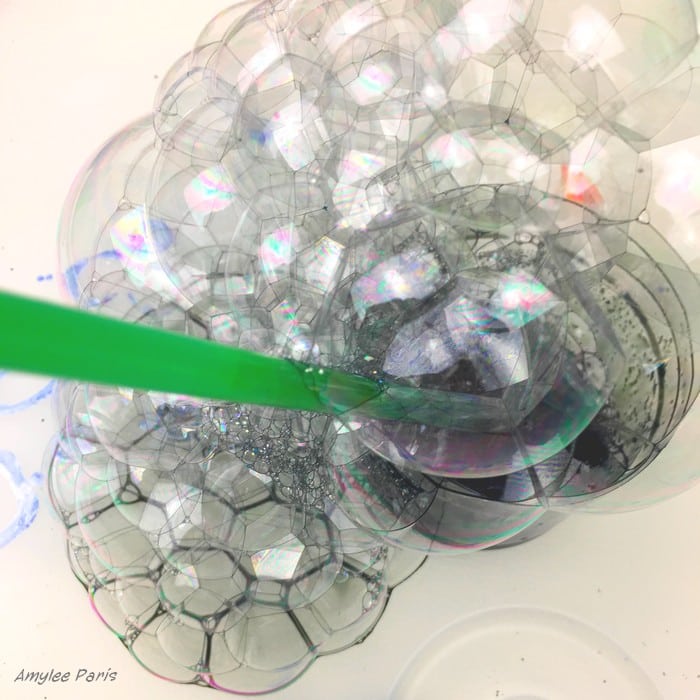

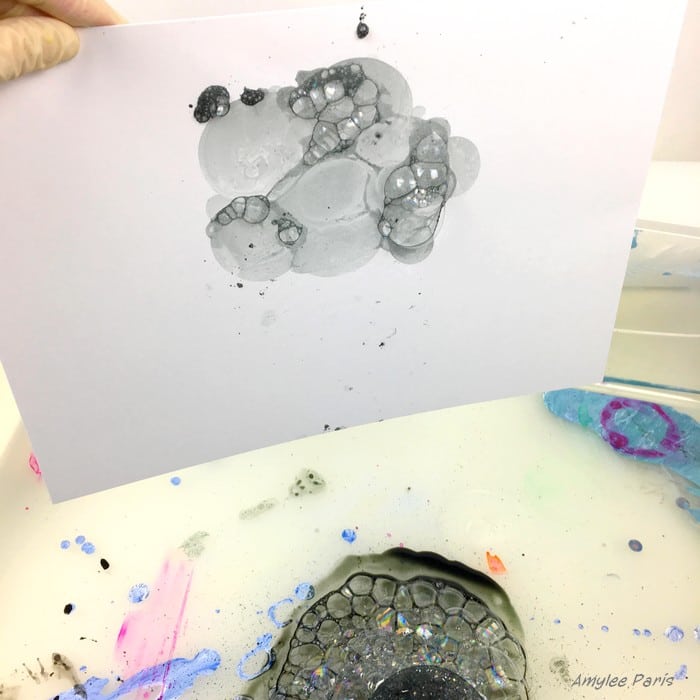







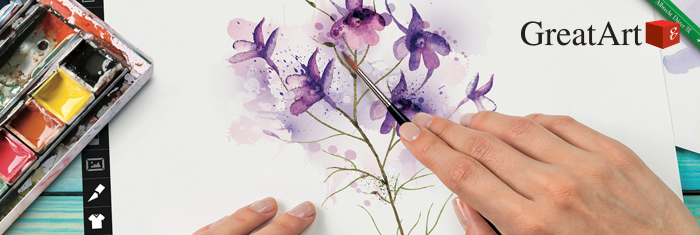



merci pour cette technique séduisante !